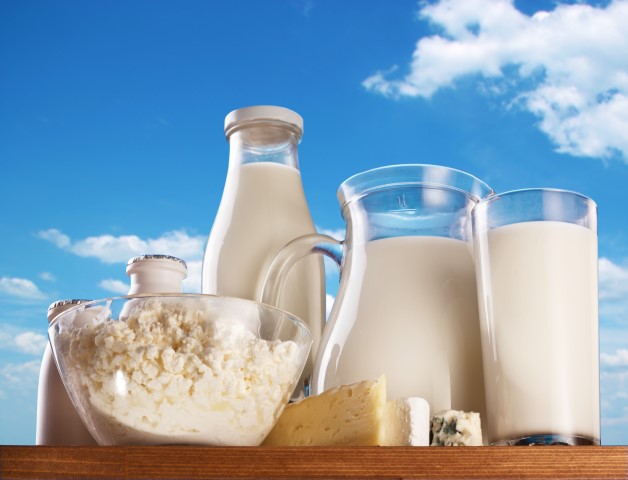What is milk and what is used for? This might sound like an obvious question to pose to a farmer, but how often does a dairy farmer reflect on what constitutes milk, its use, and the markets into which it is sold?
Over the coming days Agriland will explore how milk is processed, its uses, and its benefits.
How Much Milk is Produced Globally?
In 2013, over 800 billion litres of milk was produced across the world, that’s 110 litres for every person on the planet. Less than 1% of this volume is produced on the island of Ireland. In 2013, dairy farmers in the Republic of Ireland produced 5.4 billion litres of milk, and within the six counties just over 2 billion litres of milk was produced.
What is Milk?
Even though milk is 87% water, the other constituents in milk make up the vital components of human nutrition and health. Milk, together with honey are the most nutritionally complete foods in the food chain.
Milk composition will vary based on breed, feeding profile and the stage of lactation, but is typically made up of the following components:
• Water – 87%
• Lactose – 4.8% (Lactose may also be referred to as carbohydrate)
• Fat – 3.9%
• Protein – 3.3%
• Vitamins and Minerals – <1% (Minerals may also be referred to as ash). Milk contains a valuable source of B vitamins as well as vitamins A, D, E and K
These 13% milk solids are the value component in milk, and is the reason why Irish dairy co-ops have move towards an A + B – C pricing in system in recent years, whereby farmers are rewarded financially for the protein and fat component volumes in the milk they produce.
Where is it consumed?
With a per capita consumption of 135.6 litres per annum, the Irish guzzle more dairy products than any other country in the world. The average EU consumption of dairy products is 62.0 litres per annum.
Dairy consumption across Asia might seem insignificant when compared to European dairy consumption figures. For example, per capita consumption in China stood at 15.4 litres in 2012.
However, this figure was less than nine litres per person five years earlier. Given that China has a population nearing 1.4 billion, it quickly becomes apparent why developing markets are playing such an important in the development of the global dairy industry.
In fact, Asia, Africa and the Middle East are expected to account for two-thirds of the worlds dairy consumption growth between 2010 and 2020.
